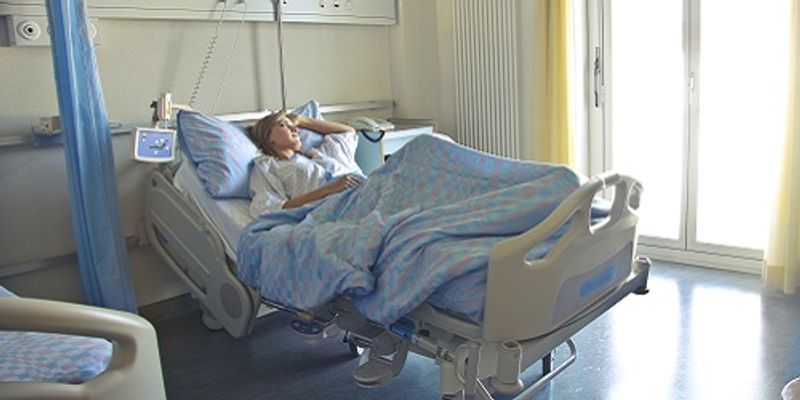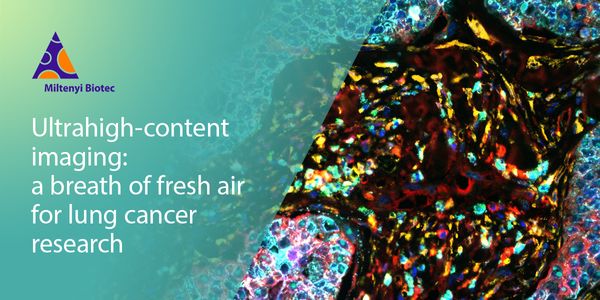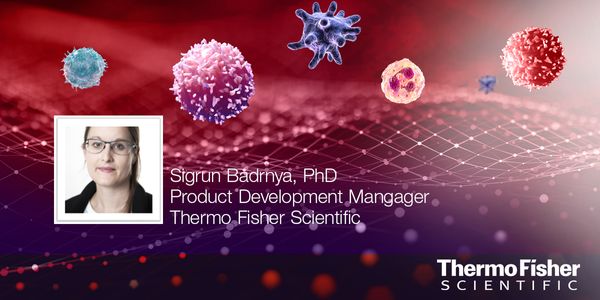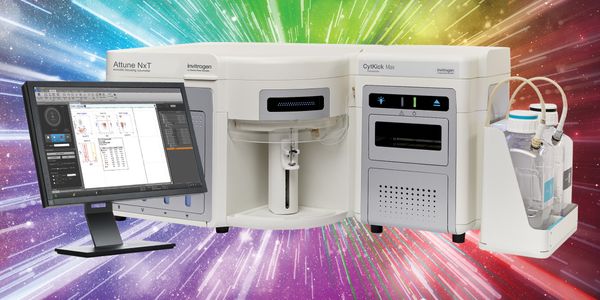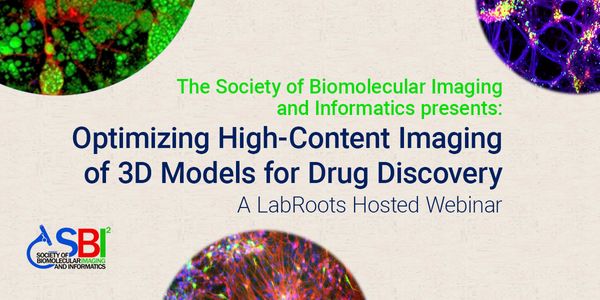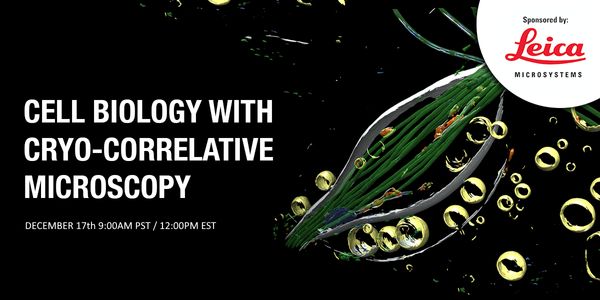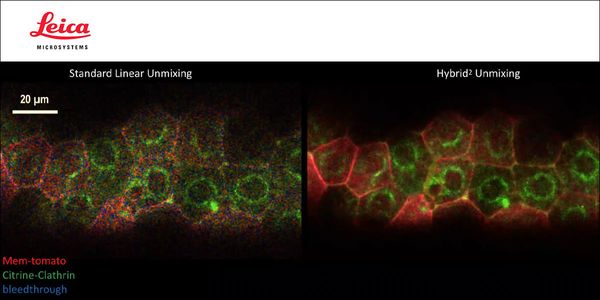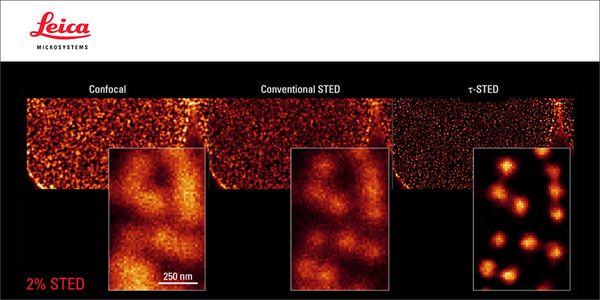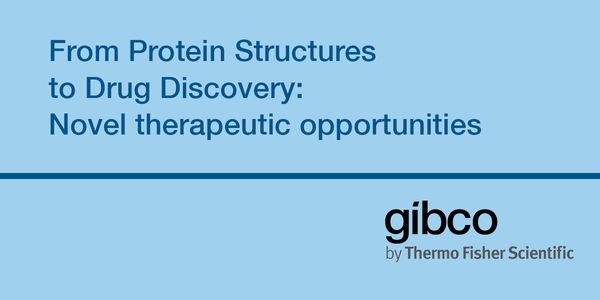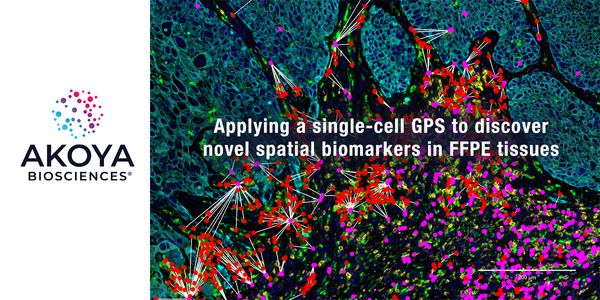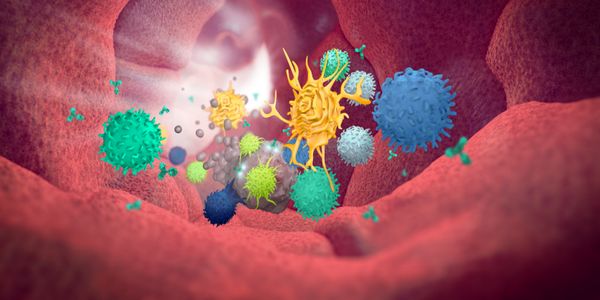Complex Disease
Caused by genetic, environmental, and lifestyle factors, complex diseases such as asthma, diabetes, epilepsy, hypertension, manic depression, schizophrenia, and others, are often difficult to treat. Disorders that are commonly referenced as "running in the family" can be classified as complex diseases.
-
MAR 09, 2021 | 8:00 AMDate: March 09, 2021 Time: 8:00am (PST), 11:00am (EST) Lung cancer is one of the three most common types of cancer. Representing 85% of all lung cancers...FEB 10, 2021 | 8:00 AMDate: February 10, 2021 Time: 8:00am (PST), 11:00am (EST) Uncovering the interactions between the immune system and cancer cells or pathogens is key for understanding and controlling both ca...FEB 09, 2021 | 8:00 AMDATE: February 09, 2021 TIME: 08:00am PST Flow cytometry immunophenotyping has become one of the mainstream applications for the diagnosis and classification of several hematologic neoplasms...FEB 03, 2021 | 12:30 PMIn vitro spheroid models are fast becoming the de facto standard for drug discovery applications, largely due to their human-like physiological and morphological characteristics, tissue-like...DEC 17, 2020 | 9:00 AMDate: December 17, 2020 Time: 9:00am (PST), 12:00pm (EST) Correlative light and electron microscopy (CLEM) advances biological discoveries by merging different microscopes and imaging moda...Speaker: Elizabeth Wright, Ph.D. , Jae Yang, Ph.D. , Bryan Sibert, Ph.D. , Joseph KimSponsored By: Leica Microsystems, AlveoleDEC 16, 2020 | 8:00 AMDate: December 16, 2020 Time: 8:00am (PST), 11:00am (EST) Molecular imaging of living specimens offers a means to draw upon the growing body of high-throughput molecular data to better under...DEC 09, 2020 | 8:00 AMDate: December 89 2020 Time: 8:00am (PST), 11:00am (EST) This talk introduces the Leica STELLARIS 8 τ-STED system where STED Nanoscopy meets Leica’s Fast Lifetime Contrast (FALCON)...The University of Louisville Infectious Diseases Laboratory (IDL) is a high-complexity, CLIA-certified laboratory in Louisville, KY. The IDL adopted the Luminex ARIES® platform in 2016 f...Speaker: Leslie A. Wolf, PhD, HCLD (ABB)
NOV 19, 2020 | 9:00 AM
DATE: November 19, 2020 TIME: 9:00am PT, 12am ET Knowledge of the three-dimensional structure of therapeutically relevant targets has become an essential step in the pipeline of drug discove...
Cancer cells can acquire immune resistance resulting in a loss of immunosurveillance. Tumor cells can upregulate PDL-1 which binds to PD-1. This complex inhibits CD8 Tumor Infiltrating cells...
Myeloid neoplasms represent a highly heterogeneous group of diseases that encompass myeloproliferative, myelodysplastic (myeloproliferative/myelodysplastic) processes and acute myeloid leuke...
Myeloid neoplasms represent a highly heterogeneous group of diseases that encompass myeloproliferative, myelodysplastic (myeloproliferative/myelodysplastic) processes and acute myeloid leuke...
Speaker:
Megan S. Lim, MD, PhD
Presented at: OncomineWorld Autumn: A virtual NGS education meeting
Changes in transcriptional regulation are thought to be one of the key drivers of carcinogenesis. Although next-generation sequencer revolutionized transcriptome analysis, there are limitati...
Speaker:
Masahito Kawazu, MD
Cancer is a multifactorial disease, and its genesis and progression are extremely complex. The scope of precision oncology is rapidly expanding to address previously undruggable targets. The...
Speaker:
Dr. Ming Liu
Cas9 based therapeutics have the potential to revolutionize the treatment of genetic diseases. However, safe and effective methods for delivering Cas9 protein, gRNA and donor DNA need to be...
A repeat expansion in the C9orf72-SMCR8 complex subunit (C9orf72) represents the most common genetic cause of two fatal neurodegenerative diseases: frontotemporal dementia (FTD) and amyotrop...
